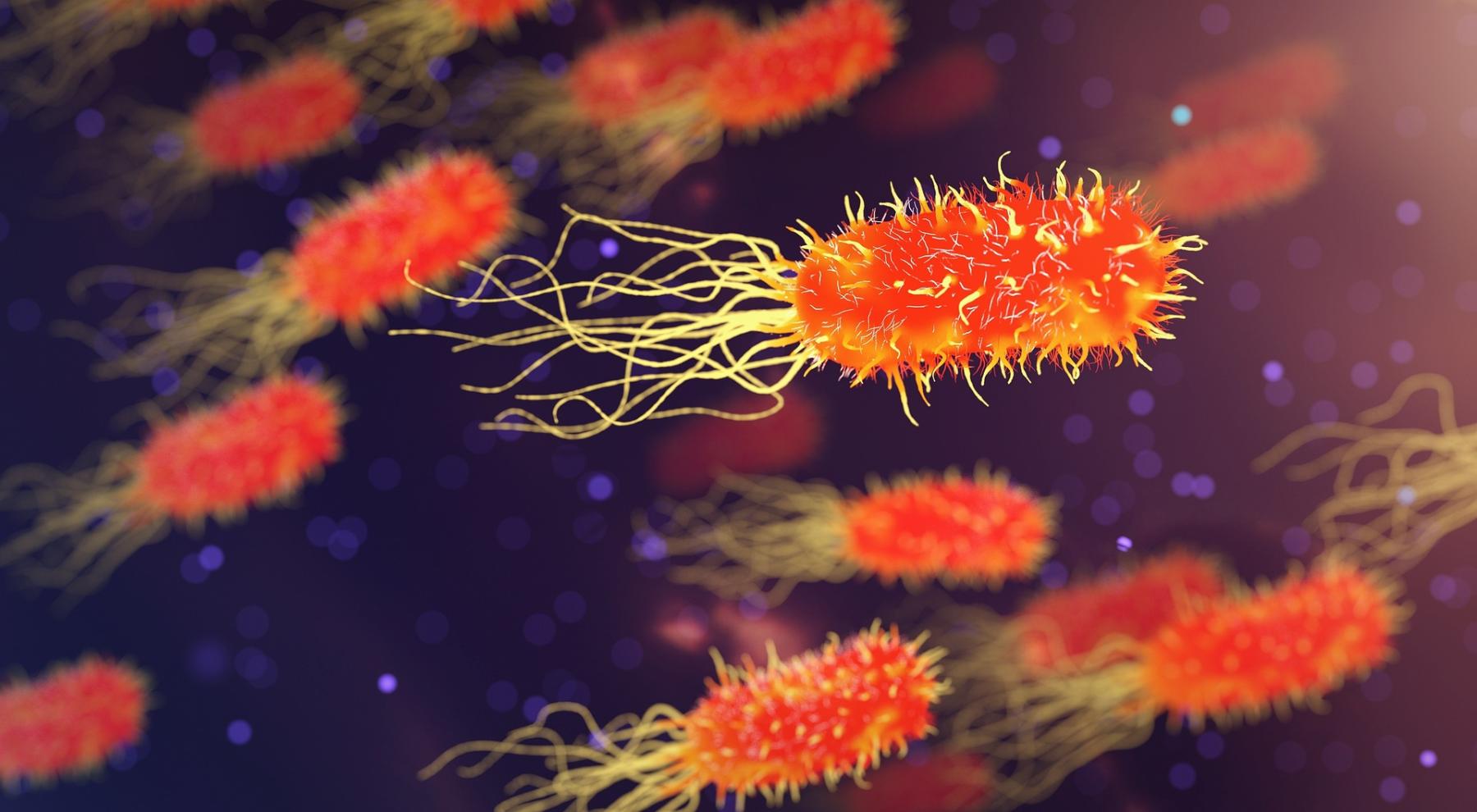
Microscopy
by Cristi Sims
In studying science, we are limited by the bounds of our own senses when collecting data. By developing technology that allows us to enhance and extend our senses, we can study things we would not ordinarily be able to. Telescopes look into the farthest reaches of space and microscopes enable us to look deep within our own cells. By using microscopes, we can observe cells on a level that we could never see with our naked eyes. This lesson plan includes digital resources to enhance a student's understanding of scale, parts of a microscope, how to use a microscope and then taking photos/videos with their own cell phones through the microscope to obtain real images of cells that they will discuss in a video submission.
Lesson Plan Link/URL
https://docs.google.com/presentation/d/1L_2GKC3gXdJD4btzukFm-G4rPpLzZPLz/edit?u…
Featured
Off
Related Content

Grades:
6th Grade, 8th Grade, 9th Grade, 10th Grade, 11th Grade, 12th Grade
Students play a game to model and graph the effects an invasive species on a local ecosystem before analyzing a case study and completing a research project.

Grades:
10th Grade, 11th Grade, 12th Grade
This lesson is part of a project to isolate bacteria from soil and test it for antibiotic activity. This can be the start of the project or you can do lesson 1 soil microbes first. Though you do have

Grades:
9th Grade, 10th Grade, 11th Grade, 12th Grade
This design challenge was open for any interested students from grades 9-12. Students met afterschool over the course of the second semester. This is the 4th sequence of lessons in a set of 4. This